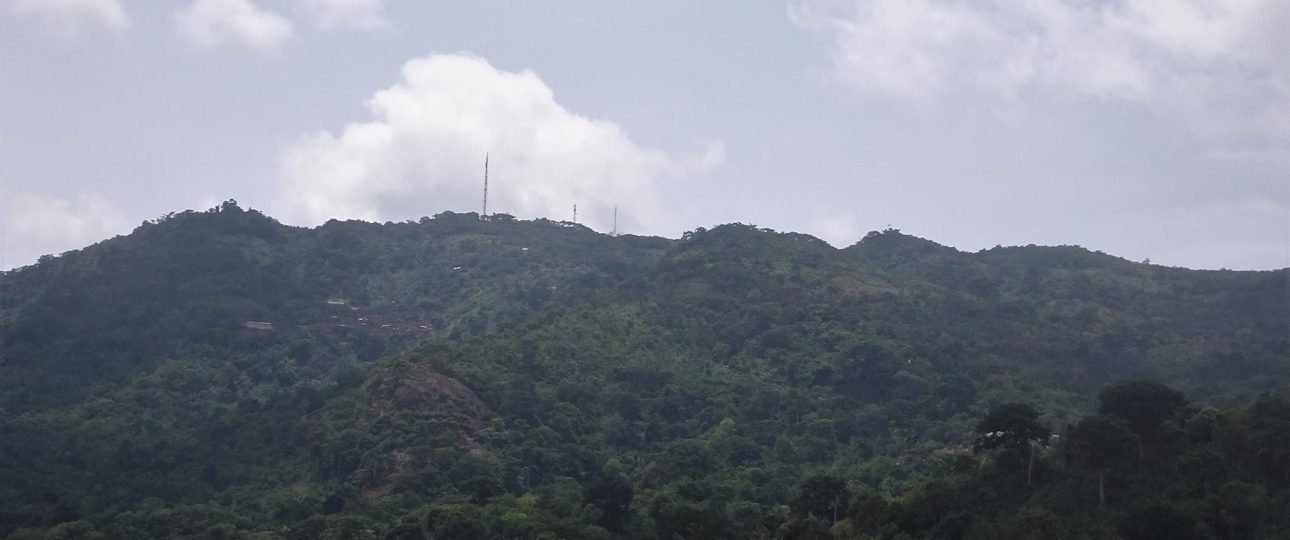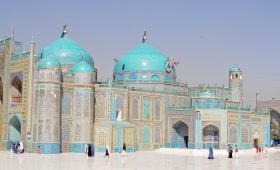Exploring Mount Agou in Togo
Mount Agou, also known as Mont Agou, is Togo’s highest peak, reaching an elevation of 986 meters (3,235 feet). It is part of the Atakora Mountains, which extend into neighboring Benin, and forms part of the Dahomeyide Orogen. This geological formation was created when the West African Craton collided with the Benin-Nigerian Shield. The mountain itself is an inselberg, rising sharply above the Danyi Plateau, and is composed mainly of amphibolite, pyroxenites, and gabbro.
When to Visit
The optimal time to visit Mount Agou is during the dry season, from November to March. During these months, the weather is generally pleasant, and the skies are clear, providing excellent visibility for the stunning views. Remember to bring a camera to capture the picturesque landscapes.
Getting There
Mount Agou is located near the town of Kpalimé in southern Togo. Travelers from Lomé, the capital, can reach Kpalimé by taxi or local bus. Once in Kpalimé, you can hire a guide to accompany you to the base of the mountain and during your hike. The mountain is accessible by a paved road that can be traveled by motorbike or car, though many prefer the unpaved footpaths used by locals.
Transportation Options
In Kpalimé, transportation options include motorbikes and taxis. For those seeking a more active approach, bicycles are also available for hire. These modes of transport offer a scenic journey through the local terrain.
Activities on Mount Agou
Hiking
Mount Agou offers several hiking trails suitable for various skill levels. The trails pass through lush forests, cross streams, and lead to a waterfall. Depending on your starting point, the hike to the summit can take anywhere from a few minutes to three hours. Be prepared with sturdy hiking boots, a hat, sunscreen, and plenty of water.
Wildlife and Nature
While deforestation has reduced the original rainforest cover, Mount Agou still hosts diverse flora and fauna. Visitors may spot butterflies, rare bird species, and other wildlife. It’s important to respect the natural habitat and keep a safe distance from the animals.
Cultural and Historical Insights
The region around Mount Agou is rich in history and culture. Historically inhabited by the Ewe people, the area became a refuge for Adangme people fleeing slave traders in the late 17th and early 18th centuries. The mountain is a symbol of resistance, having repelled Ashanti troops in 1870. Near the summit, remnants of military installations from the German and French colonial periods can be explored.
Local villages offer a glimpse into traditional Togolese life, with vibrant markets and cultural experiences. Engaging with the local communities provides insight into their customs and traditions.
Practical Considerations
Visitors should be aware that there are several checkpoints in the area, and local authorities charge a fee for climbing the mountain. While the summit area is used for communications, including an antenna, the natural beauty and cultural significance of Mount Agou make it a worthwhile destination.




